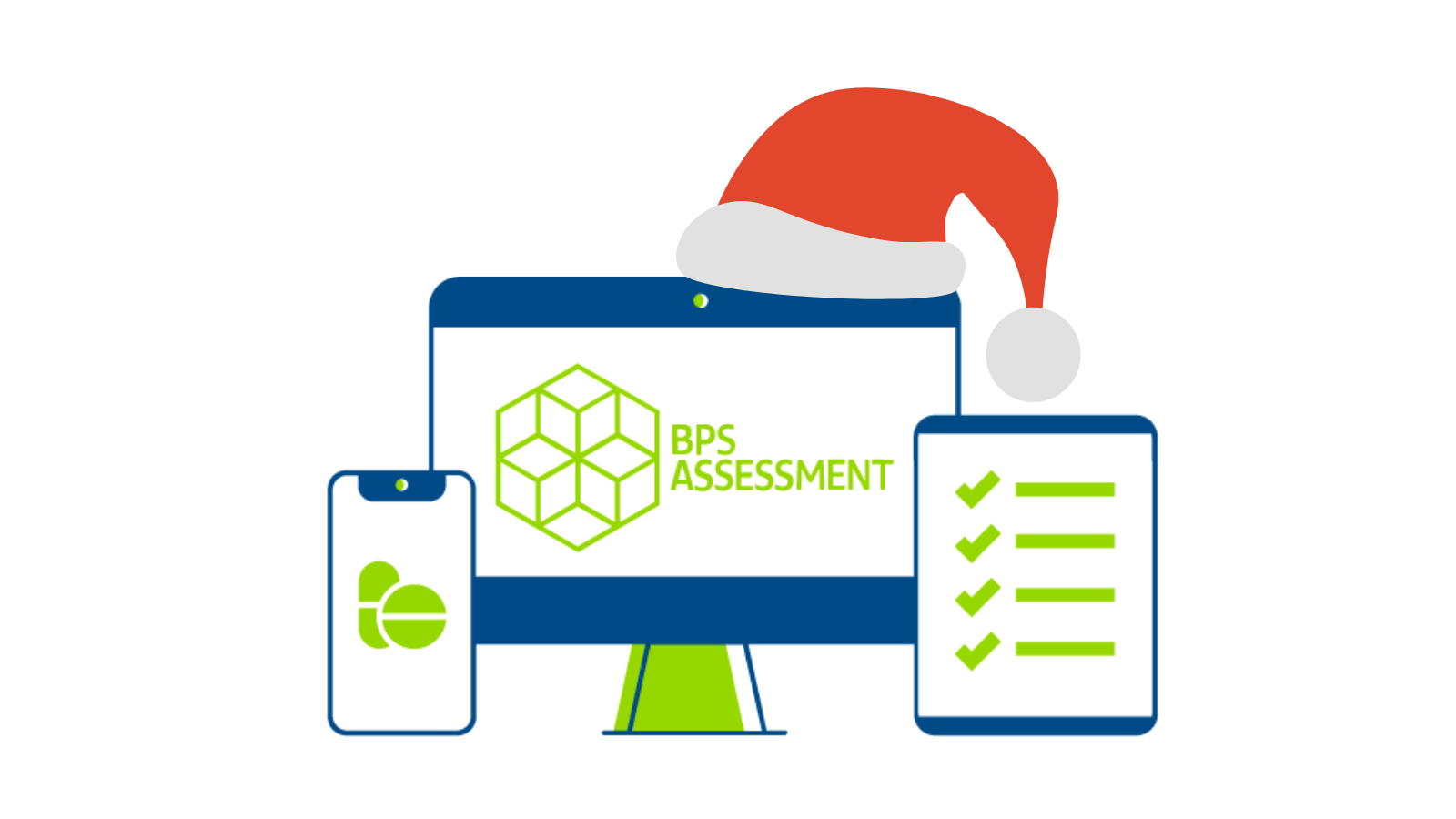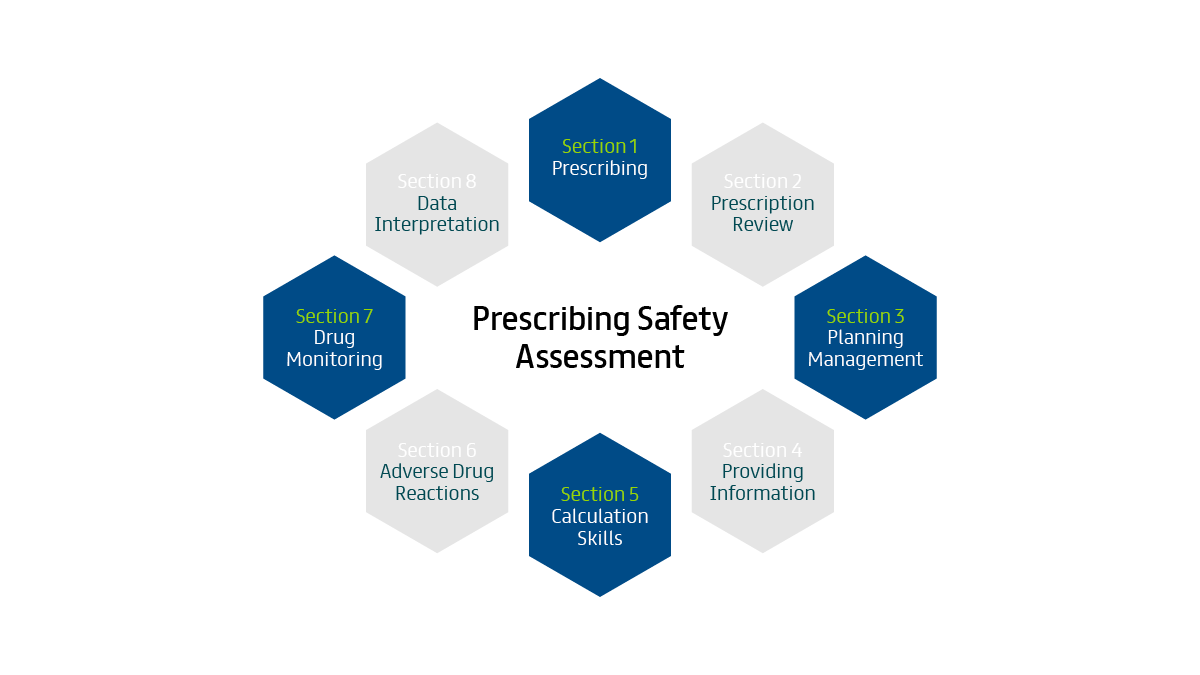The 12 PSA Resources of Christmas: Your Prescription for Exam Success!
‘Tis the season to be jolly, and what better way to spread the cheer than with the “12 PSA Resources of Christmas”! Whether you’re a medical student or a foundation doctor gearing up for the Prescribing Safety Assessment (PSA) come the new year, we’ve got a festive lineup of resources that will make your exam preparation merry and bright.
Official PSA Practice Papers
On the first day of Christmas, the PSA gave to me – official practice papers to set you free! These papers provide a sneak peek into the format and structure of the real deal, helping you navigate the exam with confidence. Make sure to log in to your PSA account to access them.
9 PSA Prep eLearning Sessions
On the second day of Christmas, PSA Prep gave to me – nine eLearning sessions, filled with insights and knowledge to ace the PSA for free! Take a deep dive into prescription writing, communication skills, and more, all while enjoying the flexibility of online learning.
BPS Assessment’s 3 Practice Papers
On the third day of Christmas, BPS Assessment gave to me – three more practice papers for extra glee! Because, let’s face it, the more practice, the merrier when it comes to nailing the PSA.
Flashcards for Quick Recall
On the fourth day of Christmas, flashcards came to me – a handy resource for quick recall and remembering facts with ease! Spice up your revision with these bite-sized gems.
Video guides to the PSA
On the fifth day of Christmas, YouTube gave to me – perfect for on-the-go learning and study glee! Turn your commute into a productive PSA prep session with the easy-to-follow video guides from the Edinburgh guide to the PSA.
Interactive Quizzes for Fun Learning
On the sixth day of Christmas, quizzes galore came to me – inject some fun into your learning with interactive quizzes and study glee! Who said exam preparation can’t be entertaining, test yourself with friends and family?
PSA Frequently Asked Questions
On the seventh day of Christmas, FAQs were given to me – get all the information you need to prepare for the PSA with ease, from how the questions are written to what to expect after you’ve sat the exam.
Mock Exams for Real Exam Simulation
On the eighth day of Christmas, mock exams landed for me – take advantage of your mock exams to simulate the real exam experience! Practice makes perfect, after all.
Study Groups for Collaborative Learning
On the ninth day of Christmas, study groups formed for me – collaborative learning for camaraderie and study victory! Share knowledge, tackle challenges, and make studying a social affair.
Mindfulness Apps for Stress Relief
On the tenth day of Christmas, mindfulness apps appeared for me – combat exam stress and find tranquillity with mindfulness apps for free! Because a calm mind is a focused mind.
Prescribing Guidelines for Reference
On the eleventh day of Christmas, guidelines came for me – essential references for prescribing precision and getting exam-ready! Ensure you know how to navigate the Medicines Complete BNF and/or NICE BNF.
Motivational Quotes for Inspiration
On the twelfth day of Christmas, inspiration came for me – motivational quotes to lift your spirits and fill your study sessions with positivity! Remember, you’ve got this!
So, there you have it – the “12 PSA Resources of Christmas” to make your exam preparation festive and fruitful. Embrace these resources, stay focused, and sleigh your PSA with confidence. Happy studying, and may your exam season be merry and bright!









